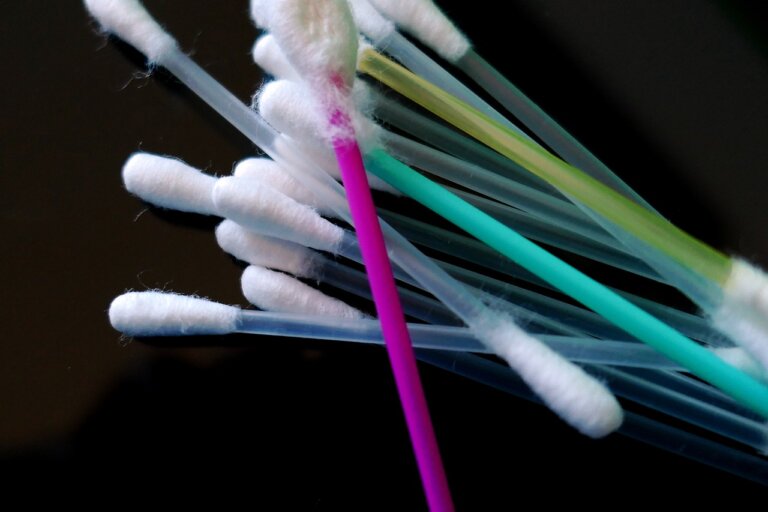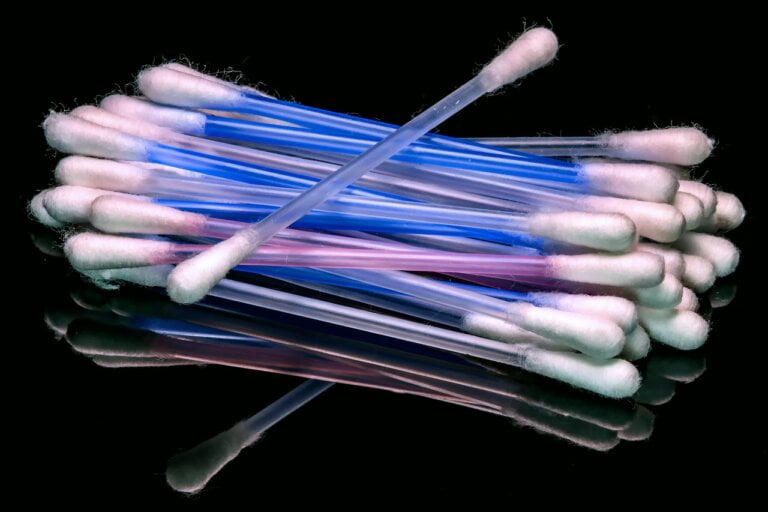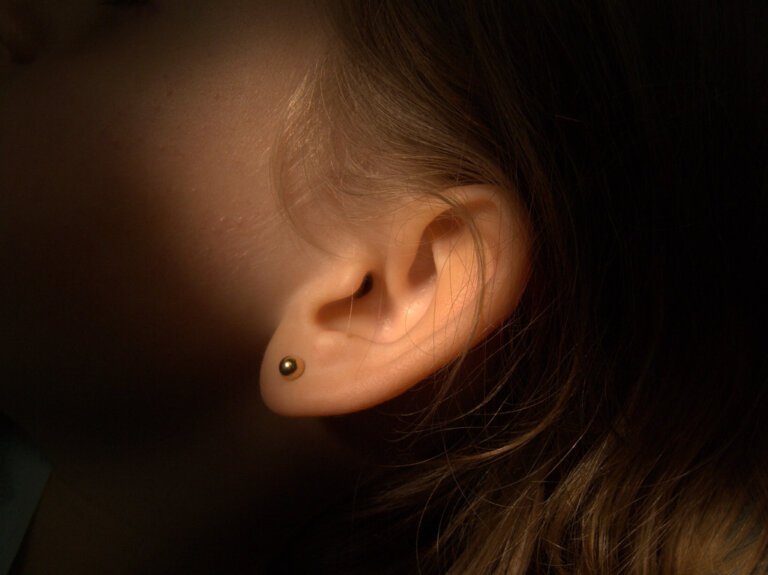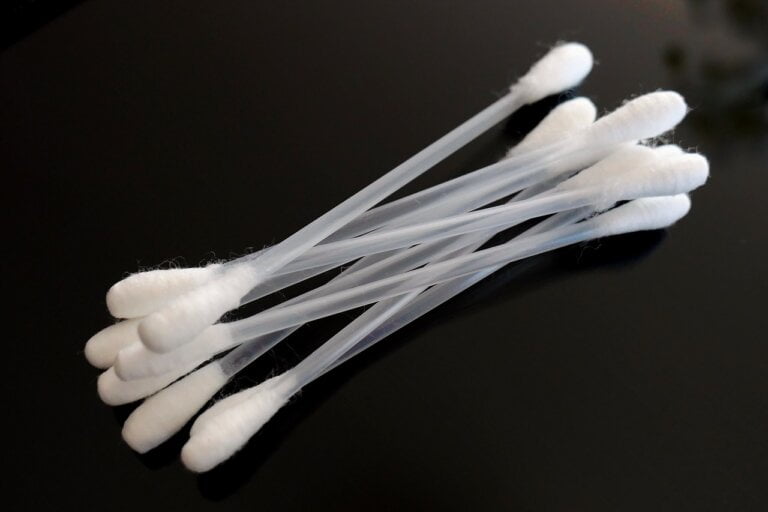Your Journey Through the Manual Instrument Ear Wax Removal: What to Expect
Last Updated on 25th April 2024 by Admin
Ear wax, also known as cerumen, is a naturally occurring substance produced by the glands in our ears. Its purpose is to protect the ears from dust, debris, and infections. However, when there is an excessive build-up of ear wax, it can lead to discomfort, hearing loss, and even ear infections. In such cases, manual instrument ear wax removal is often recommended by healthcare professionals. This article will guide you through the process of manual instrument ear wax removal, what to expect during the procedure, and the potential benefits it offers.
Understanding Manual Instrument Ear Wax Removal
Manual instrument ear wax removal, also known as microsuction, is a safe and effective procedure used to remove excess ear wax using specialized instruments. Unlike other methods such as ear syringing or ear candling, manual instrument ear wax removal is performed by trained professionals, ensuring precision and minimizing the risk of complications.
During the procedure, a healthcare professional, usually an audiologist or an ENT specialist, will use a magnifying device called an otoscope to carefully examine the ear canal. This allows them to identify the location and extent of the wax build-up. By having a clear view of the ear canal, the healthcare professional can determine the best course of action for removing the wax.
Once the location and extent of the ear wax build-up are determined, the healthcare professional will proceed with the removal process. They may use a curette, a small scoop-shaped instrument, to gently scoop out the wax from the ear canal. Alternatively, they may use a suction device to carefully suction the wax out. The choice of instrument depends on the preference of the healthcare professional and the specific needs of the patient.
What to Expect During the Procedure
Before the procedure begins, the healthcare professional will take the time to explain the process to you and address any concerns or questions you may have. It is important for them to ensure that you are comfortable and positioned correctly for the procedure.
-
Visual Examination: The professional will start by visually examining your ear canal using an otoscope. This allows them to assess the condition of your ear and identify any abnormalities or potential complications. They will carefully inspect the ear canal to determine the location and extent of the ear wax build-up.
-
Wax Removal: Once the location and extent of the ear wax build-up are determined, the healthcare professional will proceed with the removal process. They may use a curette, a small scoop-shaped instrument, to gently scoop out the wax from the ear canal. Alternatively, they may use a suction device to carefully suction the wax out. The procedure is generally painless but can cause mild discomfort due to the pressure or sensation experienced during the removal process.
-
Monitoring and Re-evaluation: After the initial removal, the healthcare professional will re-evaluate your ear canal to ensure all the wax has been successfully removed. They may use the otoscope again to examine the area and ensure there are no residual wax or complications. If necessary, they may perform further removal or suggest additional follow-up care.
-
Post-procedure Instructions: Once the manual instrument ear wax removal is complete, the healthcare professional will provide you with post-procedure instructions. These instructions may include guidelines on how to care for your ears after the procedure, such as avoiding excessive water exposure or inserting any foreign objects into the ears. It is important to follow these instructions to promote proper healing and minimize the risk of complications.
Benefits of Manual Instrument Ear Wax Removal
Manual instrument ear wax removal offers several benefits over other methods:
-
Precision: The use of specialized instruments allows the healthcare professional to precisely target and remove the excess ear wax, minimizing the risk of injury or damage to the ear canal. This precision ensures a thorough removal of the wax, reducing the chances of leftover residue that can cause discomfort or complications.
-
Safety: Manual instrument ear wax removal is considered safer than alternative methods, such as ear syringing, as it does not involve the use of pressurized water. The absence of pressurized water reduces the risk of damage or infection to the delicate structures of the ear canal.
-
Minimal Discomfort: While some discomfort or pressure may be experienced during the procedure, manual instrument ear wax removal generally causes minimal pain or discomfort. The healthcare professional will take precautions to ensure your comfort throughout the process.
-
Efficiency: The procedure is typically quick and efficient, with most cases being resolved within a single session. This reduces the need for multiple visits or follow-up appointments. The efficiency of manual instrument ear wax removal allows for a convenient and timely resolution of the ear wax build-up.
Precautions and Considerations
While manual instrument ear wax removal is generally safe, there are a few precautions and considerations to keep in mind:
-
Professional Expertise: It is essential to have the procedure performed by a trained healthcare professional to ensure safety and effectiveness. Attempting to remove ear wax at home without proper knowledge or instruments can lead to injury or complications. The expertise of a professional ensures that the procedure is done correctly and minimizes the risk of any adverse effects.
-
Medical History: Inform the healthcare professional about any underlying medical conditions or previous ear surgeries you have had. This information will help them determine the most appropriate approach for your specific situation. Certain medical conditions or previous surgeries may require modifications to the standard procedure to ensure your safety and optimal results.
-
Potential Risks: Although rare, there may be potential risks associated with manual instrument ear wax removal. These risks include ear canal injury, perforation, infection, or vertigo. However, these complications are extremely uncommon when performed by a skilled professional. The healthcare professional will take precautions to minimize these risks and ensure your safety throughout the procedure.
Conclusion
Manual instrument ear wax removal is a safe and effective procedure for managing excessive ear wax build-up. By following the guidance of a trained healthcare professional, you can expect a precise, comfortable, and efficient removal process. The benefits of manual instrument ear wax removal include minimal discomfort, improved hearing, and reduced risk of complications. Remember to consult a healthcare professional for proper evaluation and personalized care, ensuring the best possible outcome for your ear wax removal journey. With their expertise and specialized instruments, they can safely and effectively remove the excess ear wax, promoting optimal ear health and overall well-being.
FAQ
1. What is manual instrument ear wax removal?
Manual instrument ear wax removal, also known as microsuction, is a safe and effective procedure performed by trained professionals to remove excess ear wax using specialized instruments.
2. What happens during the procedure?
During the procedure, a healthcare professional will use an otoscope to examine the ear canal and determine the location and extent of the wax build-up. They may then use a curette or suction device to gently remove the wax.
3. Is the procedure painful?
The procedure is generally painless but may cause mild discomfort due to the pressure or sensation experienced during the wax removal process. The healthcare professional will take precautions to ensure your comfort throughout the procedure.
4. What are the benefits of manual instrument ear wax removal?
Manual instrument ear wax removal offers benefits such as precision in targeting and removing the wax, safety compared to alternative methods, minimal discomfort, and efficiency with most cases being resolved in a single session.







